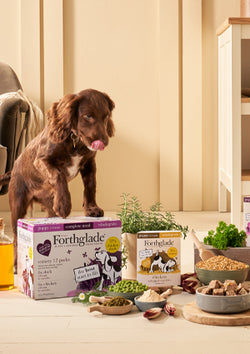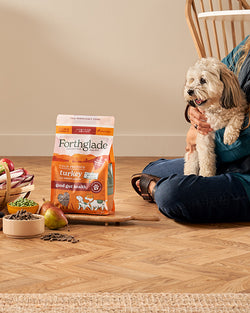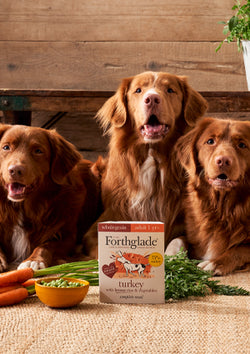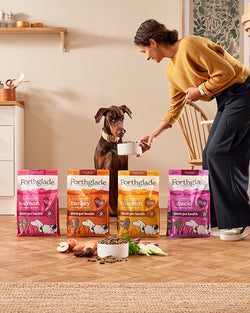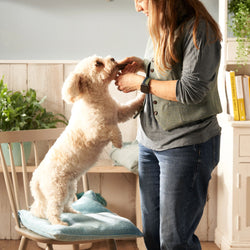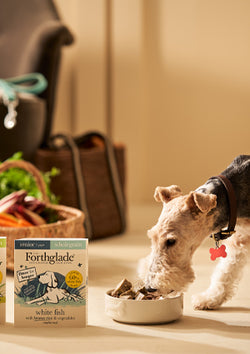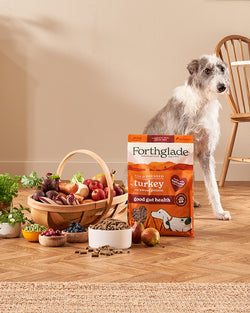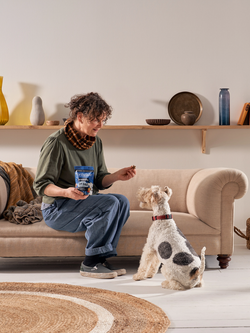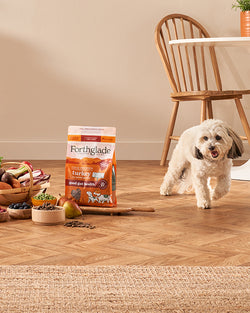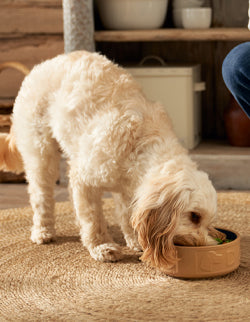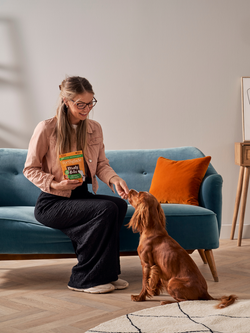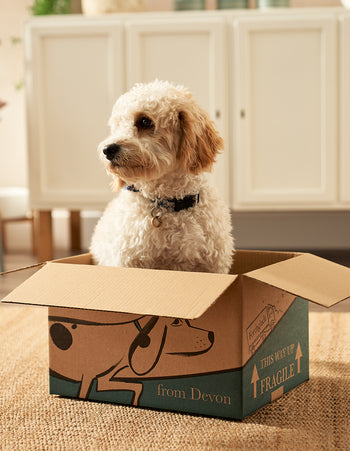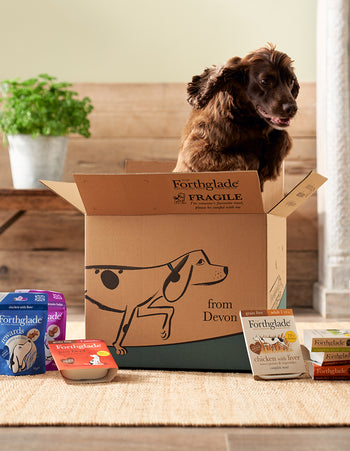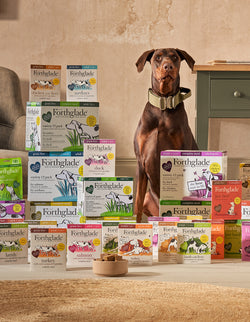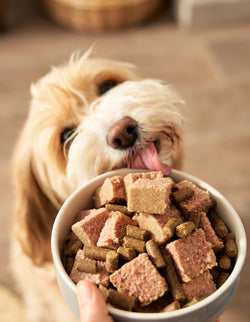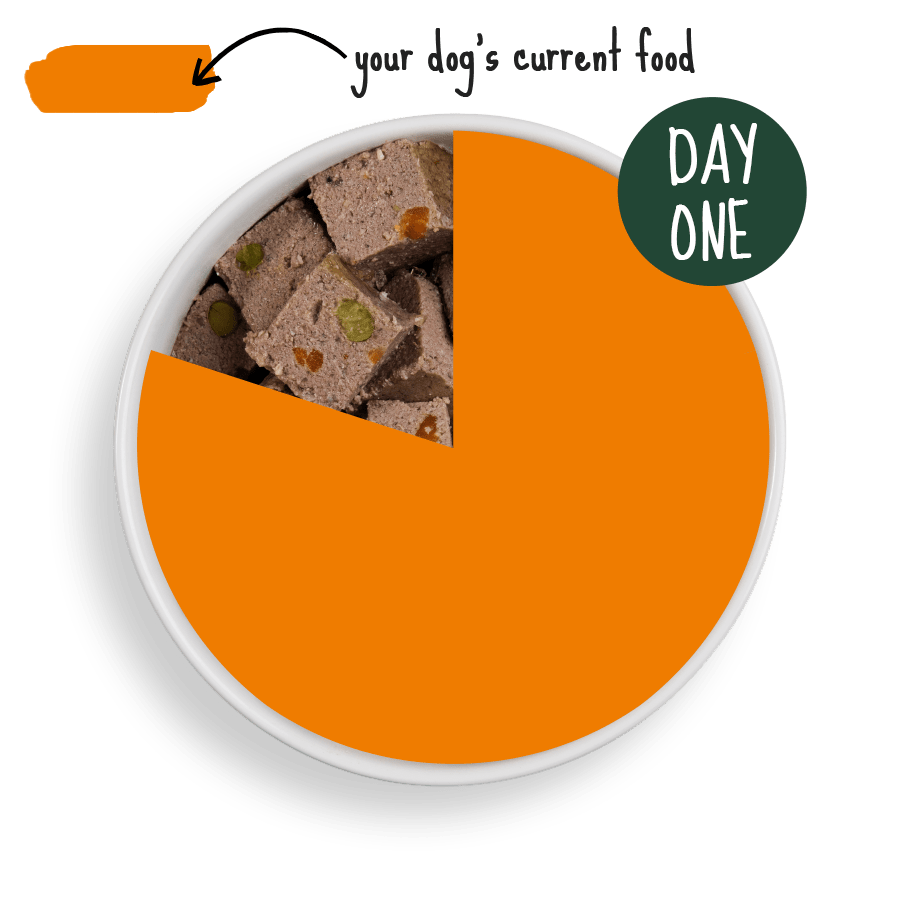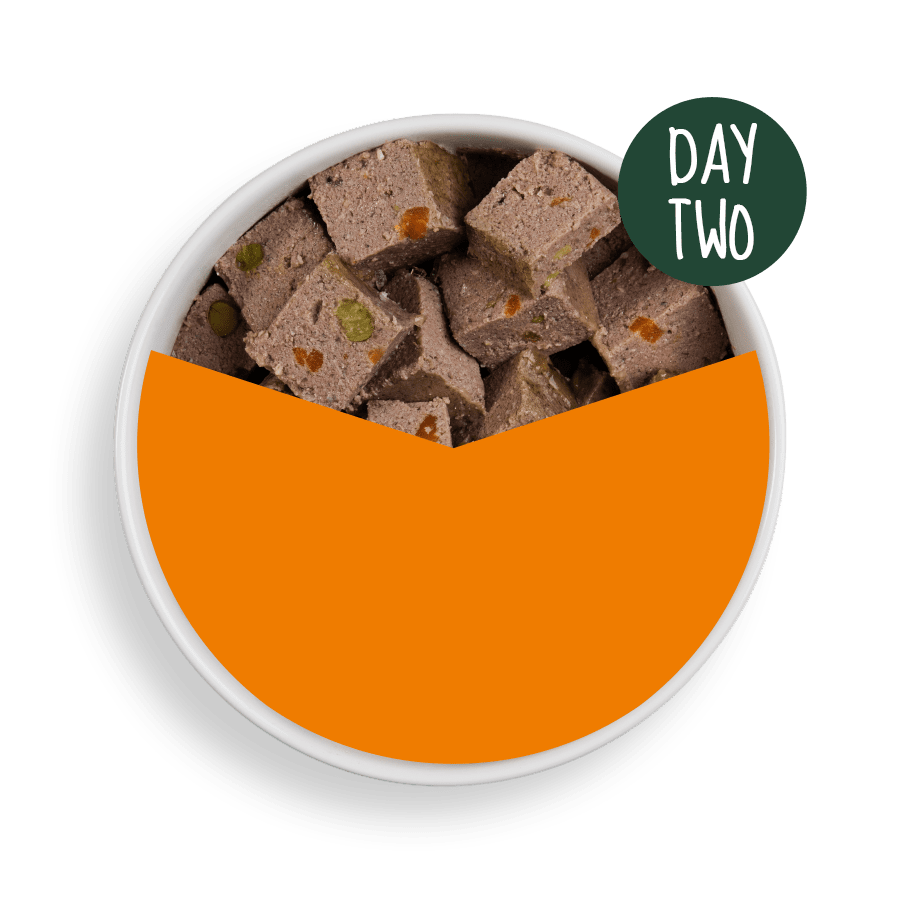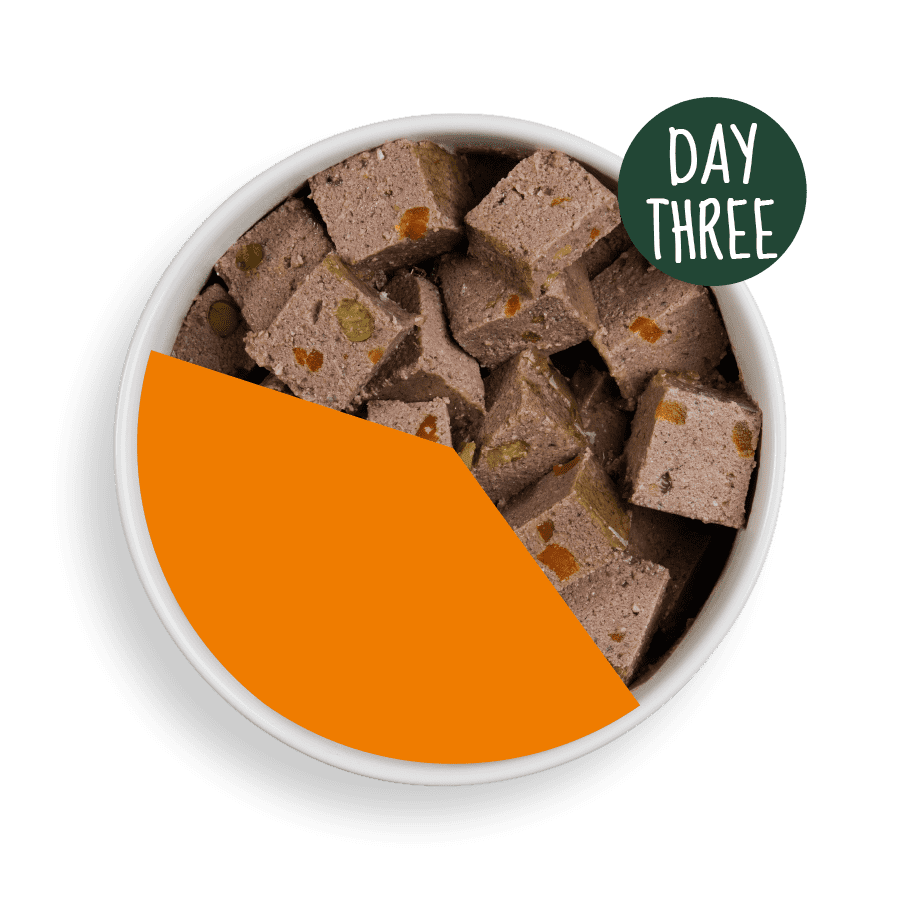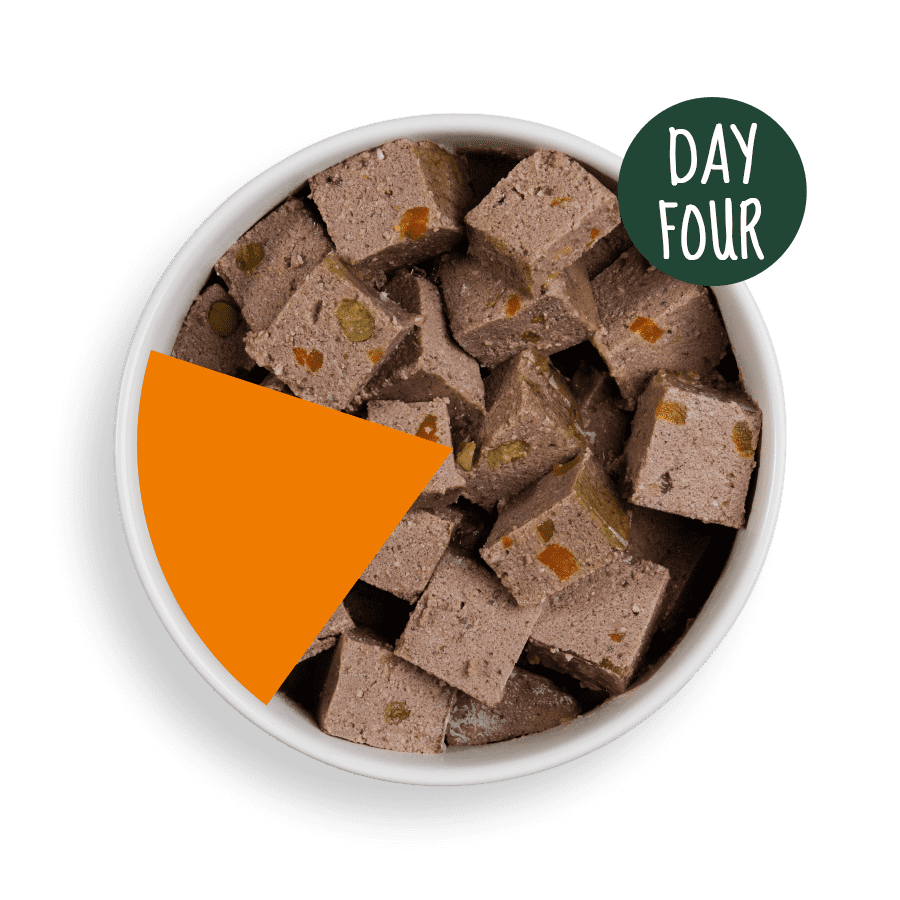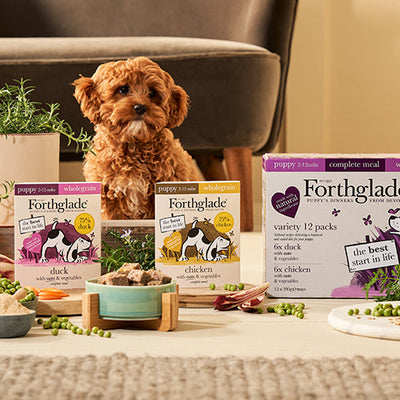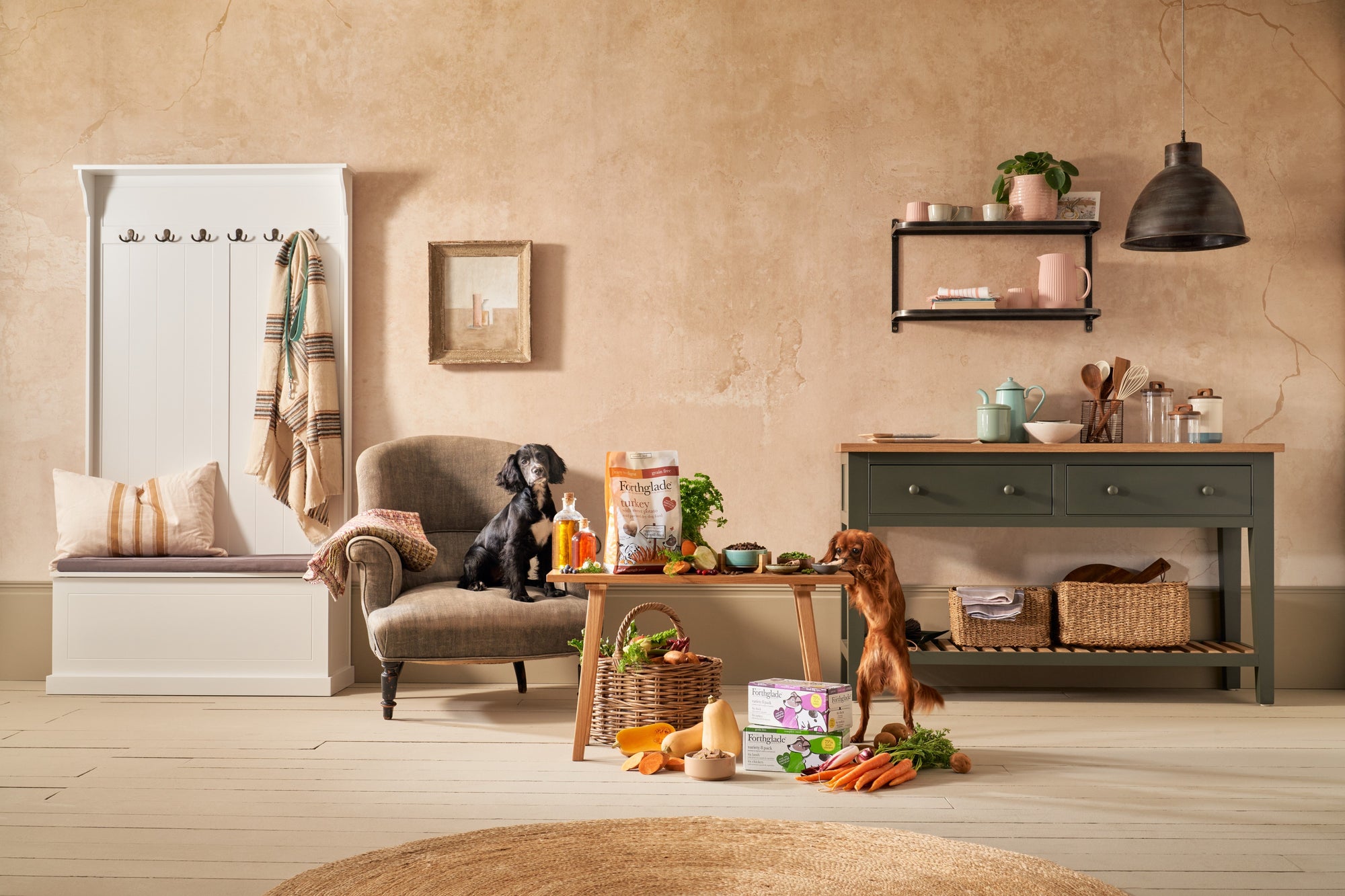When a change in diet is needed, along with our top tips for how to go about it.

Changing Dog Food: What You Need to Know

Why you might need to change your dogs food
Many of us tend to stick to the same dog food for our four-legged friends throughout their lifetime. The decision about which food we choose is often heavily influenced by professionals such as dog breeders, rescue centres and vets. It’s no surprise then, that as a nation of dog lovers we tend to stick to the same food unless advised otherwise. But it’s important to recognise when your dog is displaying symptoms which could mean that their diet could do with a change.
Signs you may need to change your dog food:
What To Look For In Your Dogs Food
"A natural diet is a food that is made up of ingredients found in nature to which nothing artificial has been added and has been subjected to only basic manufacturing processes. Additionally though, it is also important is to ensure a natural diet is labelled ‘complete and balanced’ to ensure it meets all your dog’s nutritional requirements."
Watch our helpful video to find out more on what to look for in your dogs food.
Dr James Greenwood, Media Vet and Forthglade Ambassador
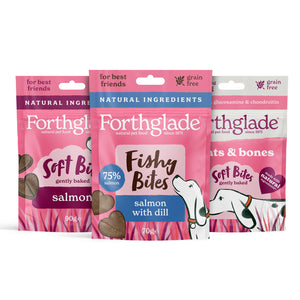

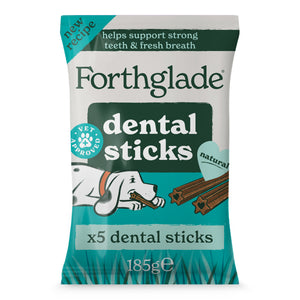
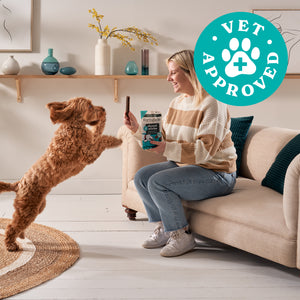
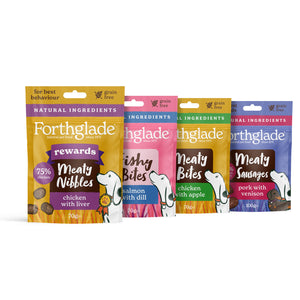
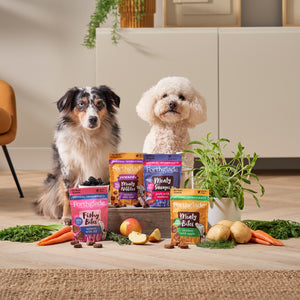
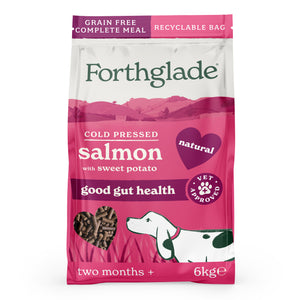
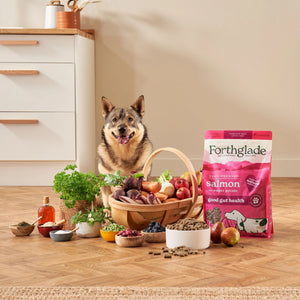


 Over 12,000 5* Reviews
Over 12,000 5* Reviews
 Subscribe & Save At Least 10% Off Every Order!
Subscribe & Save At Least 10% Off Every Order!


